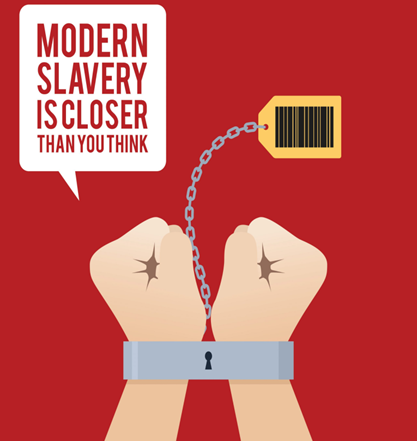Description

Copyright infringement not intended
In News
- According to the recently published report by the Global Estimates of Modern Slavery 2021, nearly 49.6 million people are trapped in modern slavery on any given day.
- They are either engaged in forced labour or are in forced marriage.
- Forced labour accounted for 27.6 million and forced marriage for 22 million.

Global Estimates of Modern Slavery 2021 Report
- 'The Global Estimates Of Modern Slavery' report was published by the International Labour Organisation (ILO), International Organisation for Migration (IOM) and the international human rights group Walk Free.
- The report has indicated that forced labour and forced marriage had increased significantly in the last five years.
- The report highlighted that the Asia-Pacific region had the highest number of people in modern slavery and the Arab states had the highest prevalence. But no region, developed or developing, was free from the practice.
- The COVID-19 pandemic had increased the risk of modern slavery and it made the Sustainable Development Goals (SDGs) target even more difficult.
- Modern slavery comprises two principal components — forced labour and forced marriage.
- Migrant workers, who are not protected by law and are unable to exercise their rights, face a higher risk of forced labour than other workers.
- Forced marriage refers to situations where a person has been forced to marry without their consent. Child marriage is also considered a form of forced marriage.
- Covid-19 crises and climate change have led to increases in extreme poverty, lower education rates, a rise in distress migration and significant increases in reports of gender-based violence. These factors are associated with increased vulnerability to forced marriage.
- Nearly two-thirds of all forced marriages are in Asia and the Pacific.
- COVID-19 has led to an increased risk of forced marriage in every region.
- Once forced to marry, there is a greater risk of further exploitation, including sexual exploitation, domestic servitude and violence and other forms of forced labour both inside and outside the home.
https://www.downtoearth.org.in/news/governance/there-are-50-million-people-in-situations-of-modern-slavery-on-any-given-day-report-84907
https://t.me/+hJqMV1O0se03Njk9














